The more out-of-the-box an ad is, the better. Polished, professional-looking ads have lost their appeal to younger consumers, who now equate absurdity with authenticity.
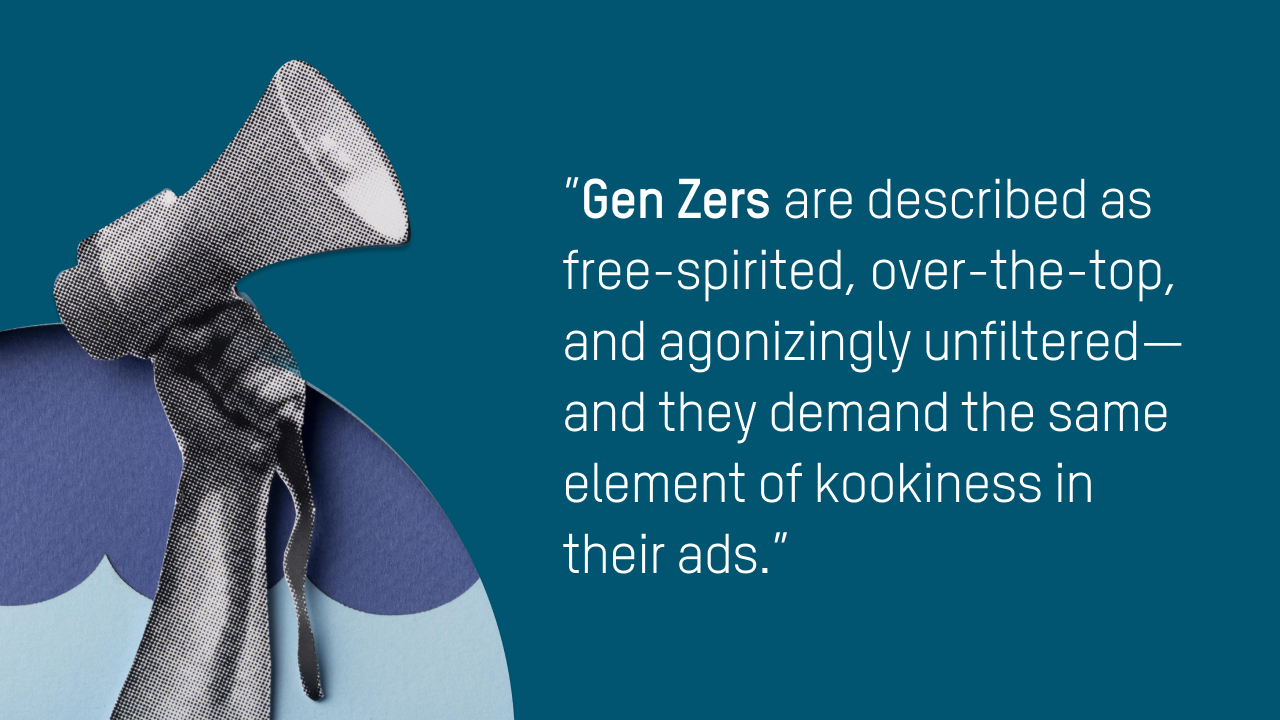
The youngest of all age groups, the Gen Zers, are known for not taking themselves seriously, which is in stark contrast to their predecessors. Gen Zers are described as free-spirited, over-the-top, and agonizingly unfiltered—and they demand the same element of kookiness in their ads.
With a global purchasing power of over $100 billion, this generation shouldn’t be underestimated (Gulf Business). They can easily start a hype and get everyone to rally behind them. Whatever they want, they get. And when they want absurdity, they get it.
Embracing the Weird
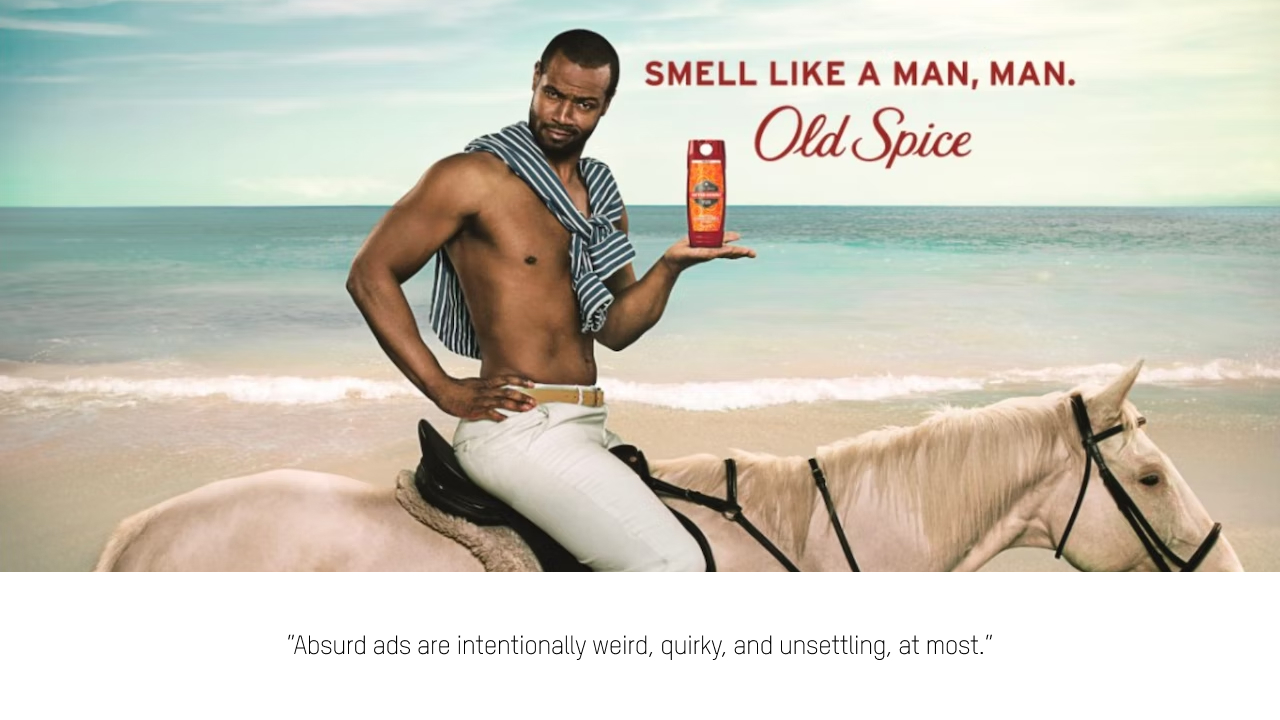
What are absurd ads? You’ve probably seen a number of them on TV or while scrolling through your feed and just never noticed. Absurd ads are intentionally weird, quirky, and unsettling, at most.
They can be easily spotted because of their high level of eccentricity. But not all brands are brave enough to take this type of ad approach. Absurdity is often used by youth-centric advertisers who don’t mind taking risks and exceeding people’s expectations with something peculiar.
Old Spice’s viral ad The Man Your Man Could Smell Like, showcasing Isaiah Mustafa in rapid-fire monologue against changing backdrops, is a classic example. There’s also Poo-Pourri’s funny music video-inspired Imagine Where You Can Go commercial filled with poo-related euphemisms. And RC Cola’s talked-about Family ad, featuring a boy who has a bottled cola for a mother.
These are all examples of absurd ads that raked in impressive numbers. They were well-received and viral in their own right, which has people thinking—what makes absurd ads so effective?
Absurdity = Authenticity
The more absurd an ad is, the more real it is to consumers. Apparently, too much perfection in brands and in their campaigns can seem stiff and impersonal. Consumers, particularly Gen Zers, want something different, something more authentic.
Brands that aren’t afraid to go a little crazy are seen as more authentic and 88% of people tend to resonate more with them (Stackla). This sense of realness gives consumers an increased feeling of assurance and trust towards brands (Forrester). But aside from heightened confidence, absurdity offers another crucial thing— relatability.
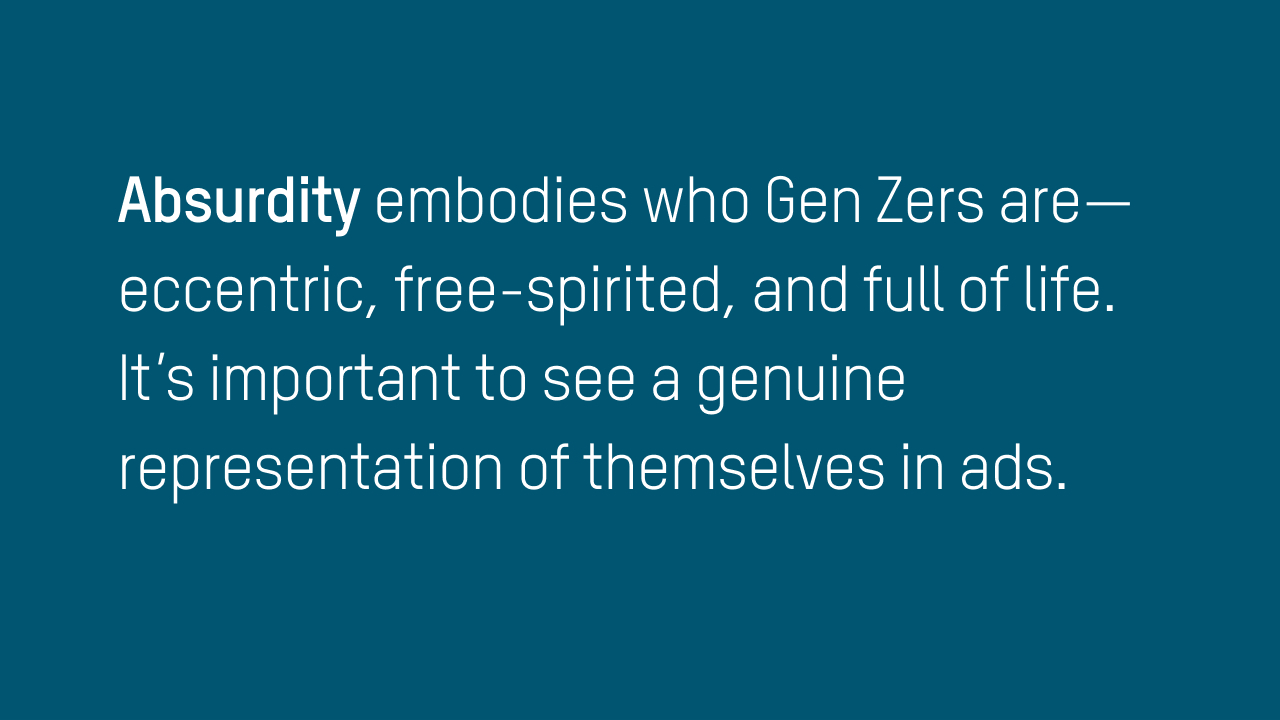
It’s no secret that Gen Zers have a penchant for relatable content. When ads are less polished and more outlandish, they feel more personal (and meaningful) to them. It can be inferred that absurdity embodies who they are—eccentric, rebellious, and full of life. For consumers, it’s important to see a genuine representation of themselves in ads (Coegi).
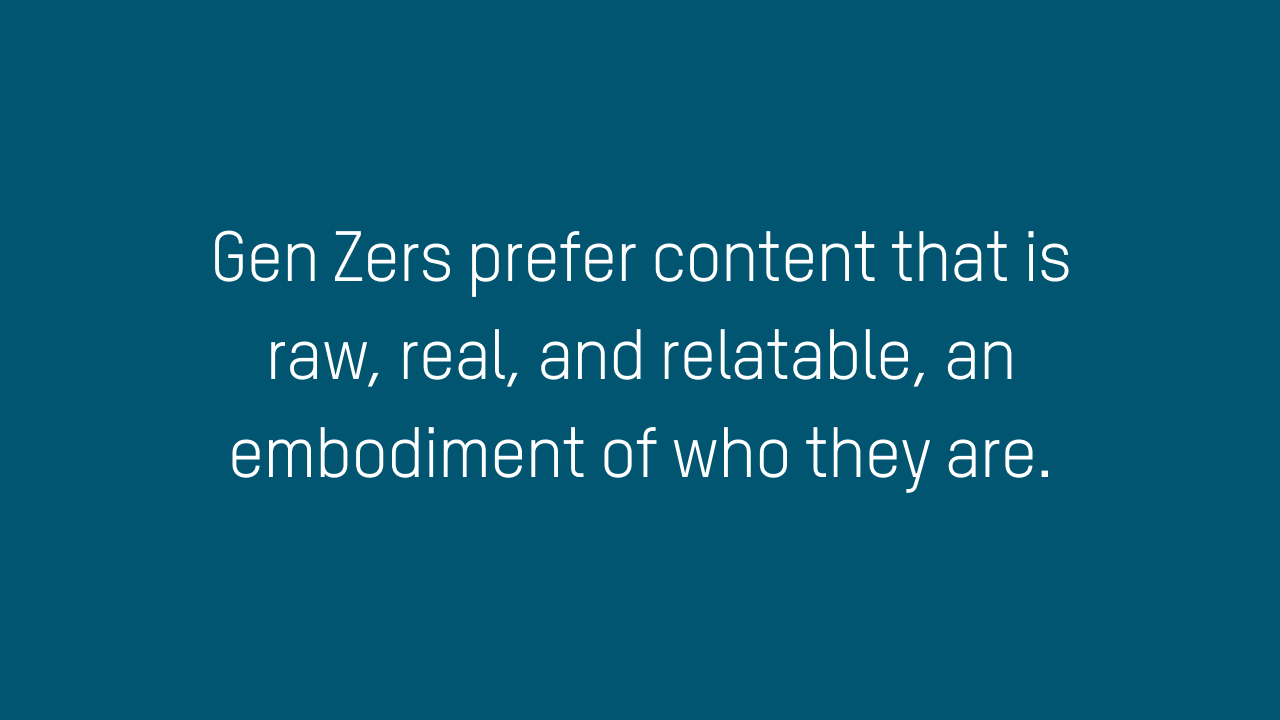
It’s the same reason why Snapchat, Vine, and TikTok have become smash hits. Gen Zers prefer content that is raw, real, and relatable—an embodiment of who they are. In fact, they celebrate brands that aren’t afraid to think outside the box and break out of character.
Absurdity = Surprise
Aside from authenticity, another reason why absurd ads are so effective is that they introduce an element of shock. Many consumers like to be surprised; it makes the entire experience more exciting and memorable.
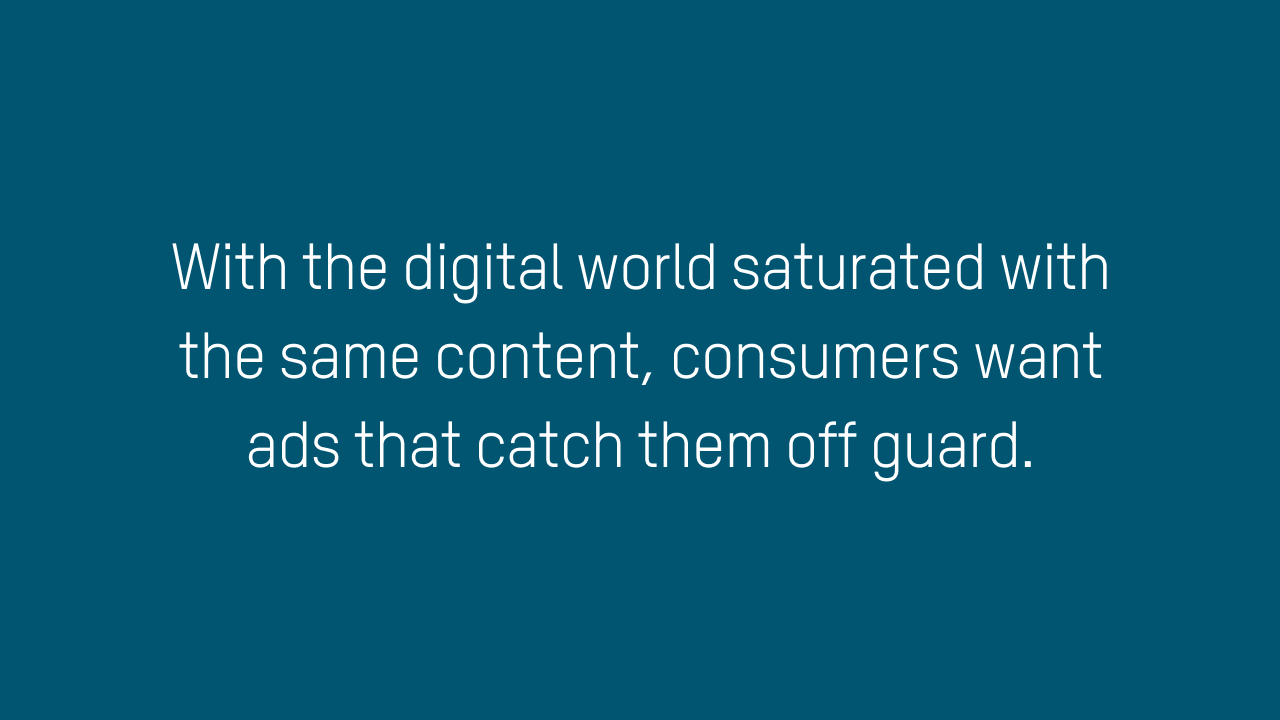
With the digital world saturated with the same content, consumers want ads that catch them off guard. According to a research paper from Tilburg University (“Attracting Attention Through Absurd Advertising”), triggering consumers’ surprise is a powerful way to capture their attention.
In the same study, it was found that aside from evoking surprise, absurd ads, especially those of a humorous nature, are great at engaging consumers and evoking brand recall. It was also discovered that this absurdity improves message comprehension, making these ad types more persuasive and memorable.
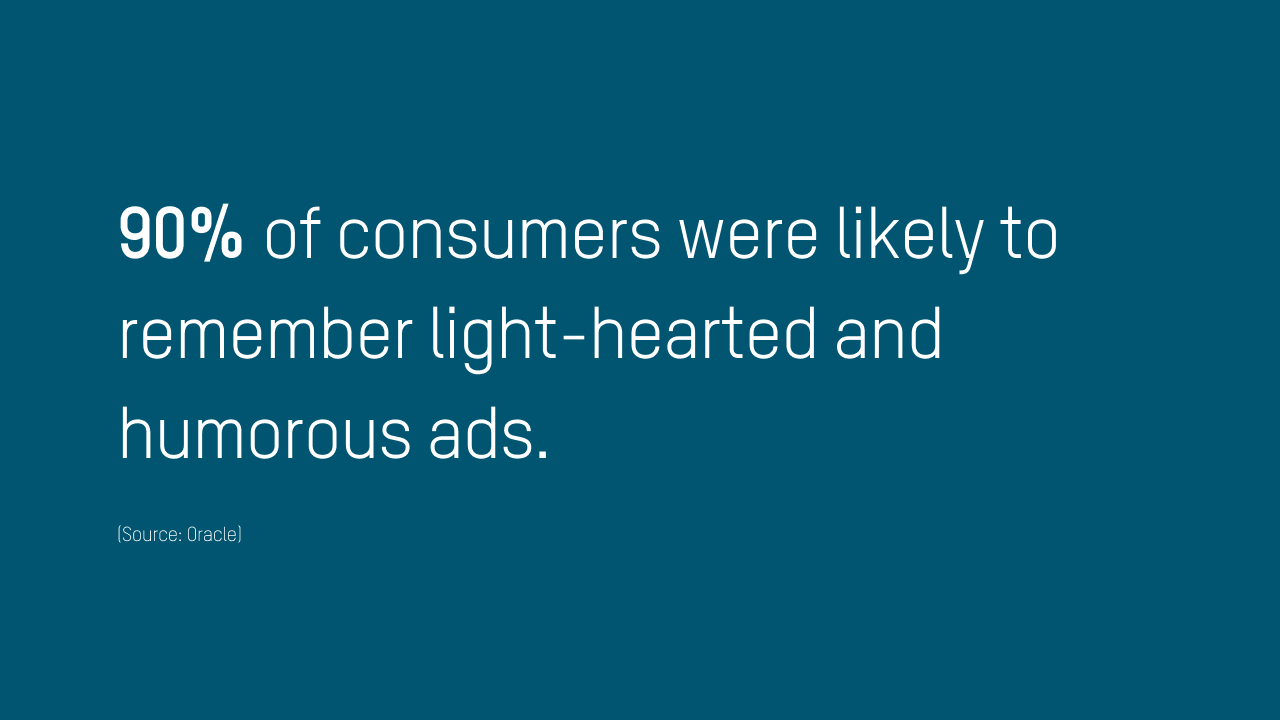
In fact, 90% of consumers were likely to remember light-hearted and humorous ads (Oracle). But aside from strengthening brand recall, the use of absurdity in ads also adds a level of virality. Absurd ads create more buzz and facilitate more conversation, increasing their impact and mileage online.
It’s completely understandable that some brands are uncomfortable with embracing absurdity in their ads. But for those that understand its role in connecting them with young consumers, absurd ads are worth the gamble.



